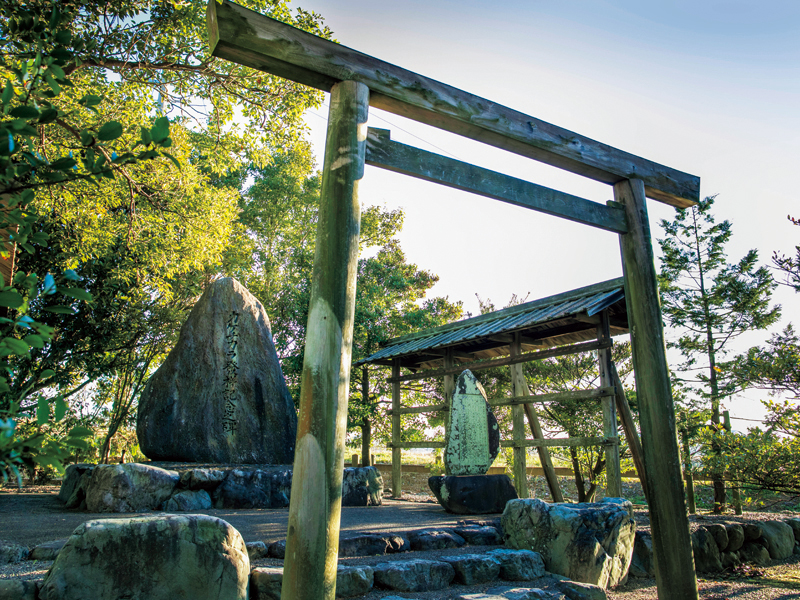
神嘗祭に初穂の稲束を伊勢神宮の内垣に懸け、国の繁栄を祈る「懸税(カケチカラ)」行事の発祥の地。
伝承によると、一羽の真名鶴が昼夜鳴いており、倭姫命(やまとひめのみこと)が使いの者に様子を見に行かせたところ、一株に八百の穂を実らせた稲をくわえた鶴を見つけました。
倭姫命はその稲を伊勢神宮の天照大御神に捧げ、それ以来、毎年最初にできた稲穂を伊勢神宮のご神前に納める習慣ができました。
It is the birthplace of the “kakechikara)” event where the first bundles of rice are hung on the interior wall of Ise-jingu Shrine at the Kanname-sai Festival to pray for the prosperity of the country.
According to folklore, one true crane sounds day and night, and when Yamatohime no Mikoto (Yamato Hime no Mikoto) made its users go see how things were going, they found a crane holding 800 ears of rice in one plant.
Yamato Himemoto dedicated the rice to Amaterasu Omikami at Ise-jingu Shrine, and since then, it has been a custom to place the first ear of rice every year in front of the gods at Ise-jingu Shrine.
| 住所 | 三重県多気郡明和町行部 |
|---|---|
| TEL | |
| ウェブサイト | |
| 営業時間 | |
| 定休日 | |
| 料金 | |
| 備考 |